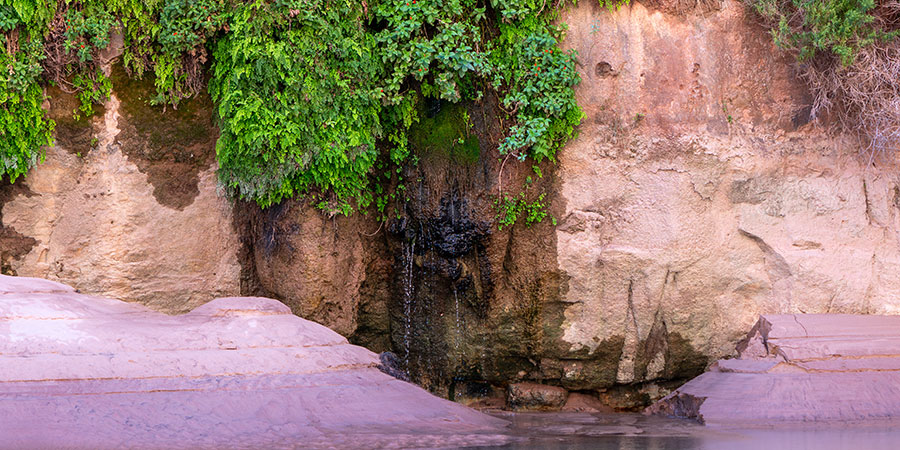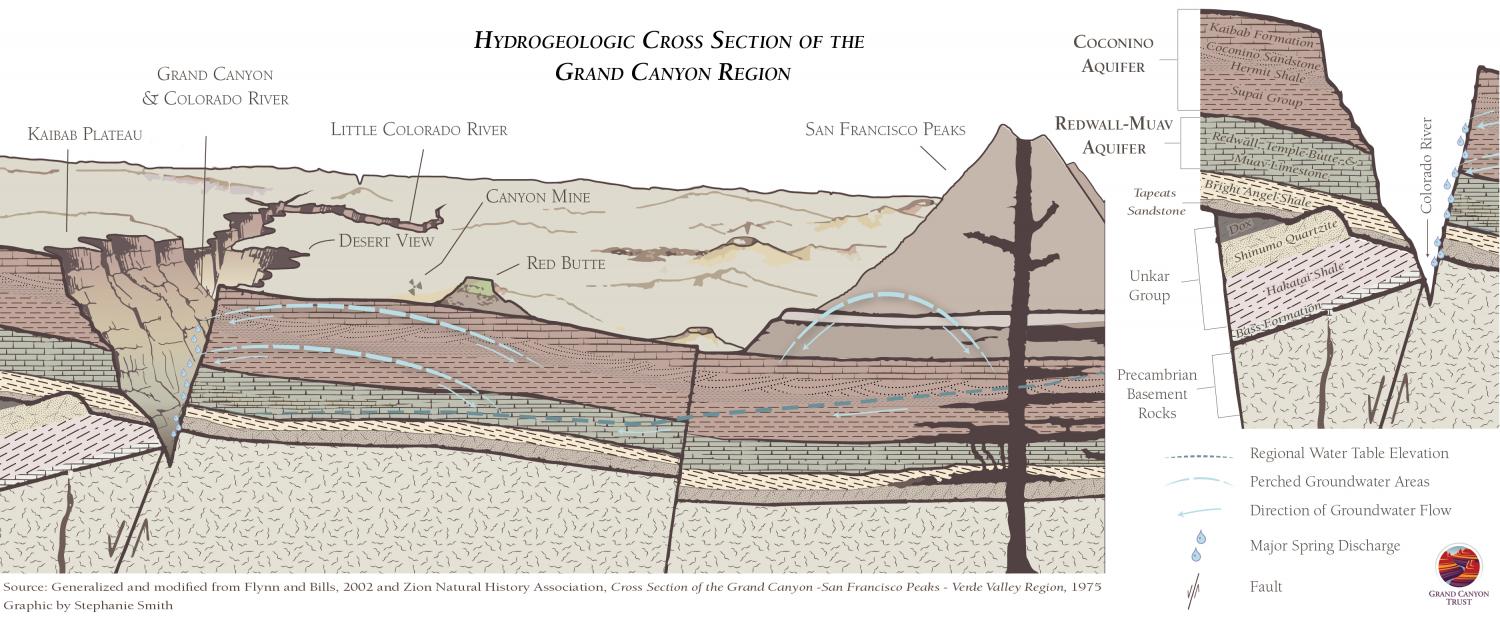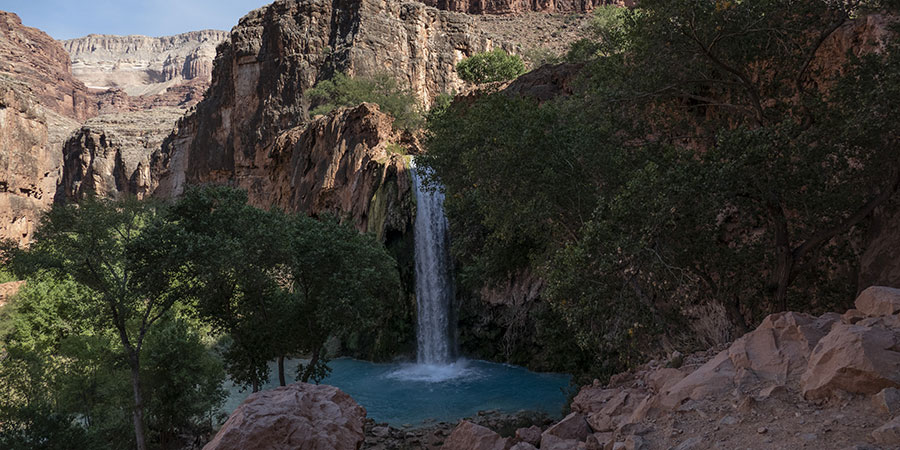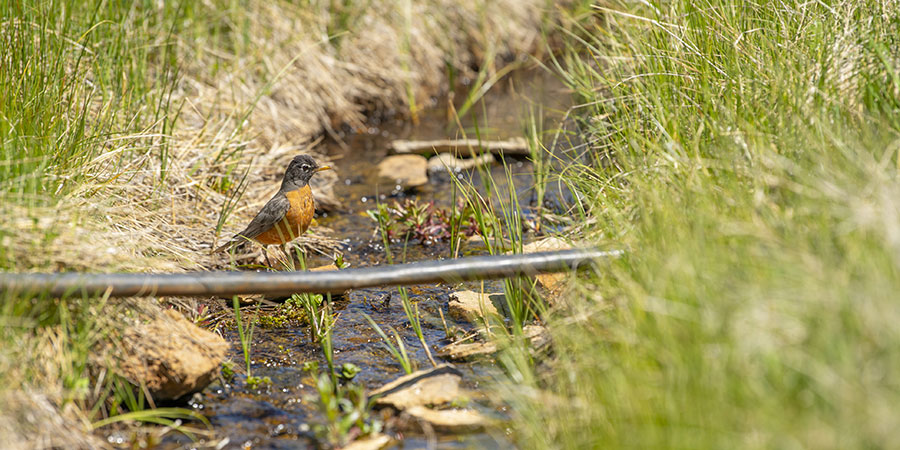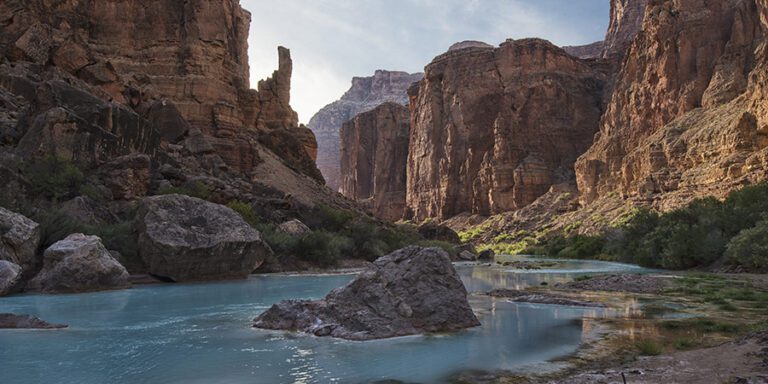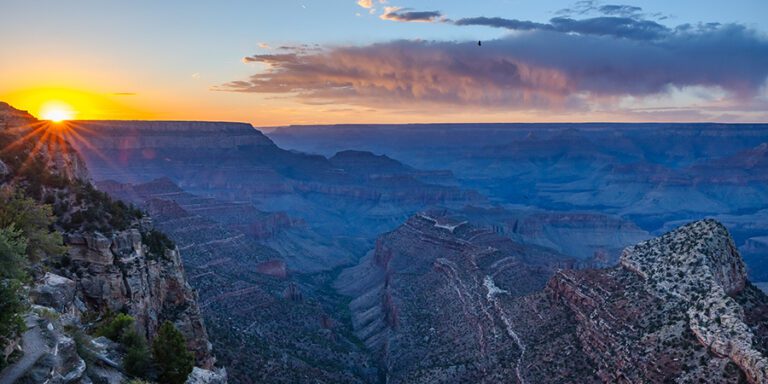
Groundwater in northern Arizona sustains cities, tribal communities, farms, plants, and animals.
What comes to mind when you think of northern Arizona? Possibly the Grand Canyon, the summer heat, or the San Francisco Peaks. But buried under the tough terrain of northern Arizona is something even more amazing: groundwater. In one of the driest regions of the United States, groundwater is a lifeline that sustains cities, tribal communities, farms, and plants and animals.
But where does groundwater come from? How does it function? And why is groundwater so important for northern Arizona’s future?
What is groundwater and why does it matter?
Picture a huge, natural underground sponge. Essentially, that’s how groundwater functions. Rain and snow seep into the ground and flow through layers of rock and silt, filling open spaces. Stored in natural underground formations, these hidden waters can remain for years, decades, or even centuries before being accessed.
In northern Arizona, where rivers and lakes are scarce, groundwater is the primary source of drinking water for communities, including Flagstaff, Page, and the Navajo Nation. It’s also crucial for agriculture, wildlife, and industries like fish hatcheries and tourism that rely on steady water supplies.
Did you know that 41% of Arizona’s water comes from groundwater? While cities like Phoenix and Tucson rely on a mix of Colorado River water, reservoirs, and groundwater, northern Arizona’s rural communities rely significantly on groundwater. The city of Flagstaff gets 50-90% of its drinking water from groundwater.
With climate change and increasing demand, understanding and managing this groundwater resources wisely is more important than ever.
Where is groundwater stored in northern Arizona?
So, where is all this groundwater stored? Underground, porous layers of rock, sand, and gravel hold and transfer water. These underground reservoirs are called aquifers. Some aquifers are located deep under many rock layers, while others are shallow and easily accessible.
In northern Arizona, three key aquifers store and supply water across the region. Each aquifer is different in depth, size, water quality, and ease of access, but together they form the foundation of northern Arizona’s water supply.
Coconino Aquifer
The Coconino Aquifer is one of the most important groundwater sources in northern and eastern Arizona. This extensive sandstone aquifer spans the Mogollon Rim, extending into the Little Colorado River Basin and the Colorado Plateau. It supplies drinking water to cities like Winslow and Holbrook, as well as tribal lands. It primarily consists of porous sandstone layers, including Coconino Sandstone, which allow water to move relatively freely. The Coconino Aquifer is like an enormous underground water tank − reliable but not infinite.
Redwall-Muav Aquifer
The Redwall-Muav Aquifer, located deep beneath the Grand Canyon region, is an ancient water-bearing system formed in limestone and dolomite rock. It’s the source of some of Arizona’s most well-known springs and streams, including Havasu Falls and Roaring Springs. The Redwall-Muav Aquifer is rich in water and often high in quality. However, this aquifer lies over a mile beneath the surface in many areas, making it extremely difficult and expensive to access for municipal use. Nonetheless, it is essential to maintain flows of perennial streams and springs that support life in the Grand Canyon region.
Navajo Aquifer
The Navajo Aquifer is particularly important for the Navajo and Hopi Nations, providing the primary drinking water source for many tribal communities. This aquifer consists mainly of Navajo Sandstone and stretches to parts of Utah and New Mexico. For decades, groundwater from the Navajo Aquifer was also used for industrial purposes, like coal mining on Black Mesa, which led to water level declines in some areas. While those operations have largely ceased, the aquifer’s slow recharge rate makes recovery a long-term process.
The importance of groundwater in arid lands
As the climate warms, temperatures rise, and precipitation decreases, groundwater becomes even more important in northern Arizona. But unlike rivers or lakes that might visibly decrease with drought and overuse, the depletion of aquifers happens below ground and can lead to equally challenging consequences.
Depleting groundwater faster than its natural replenishment can lead to the drying up of wells, the sinking of ground (subsidence), and the unsustainable use of water supplies.
Groundwater in northern Arizona is essential
Arizona’s desert landscapes are known around the world, but its true lifelines lie underground. From the sandstone layers of the Coconino Aquifer to the deep limestone of the Redwall-Muav Aquifer, and the culturally significant Navajo Aquifer, groundwater is what makes life possible in northern Arizona.
Northern Arizona’s groundwater is an essential, life-sustaining resource. Whether you’re filling a glass of water in Flagstaff, hiking to a spring in the Grand Canyon, or farming on tribal lands, groundwater is there, silently working behind the scenes.
Take action
Protect the Colorado River & groundwater
Drought and climate change are stressing the Colorado River and groundwater. Show your support for protecting these lifegiving waters and ensuring a livable future for all who rely on them.

